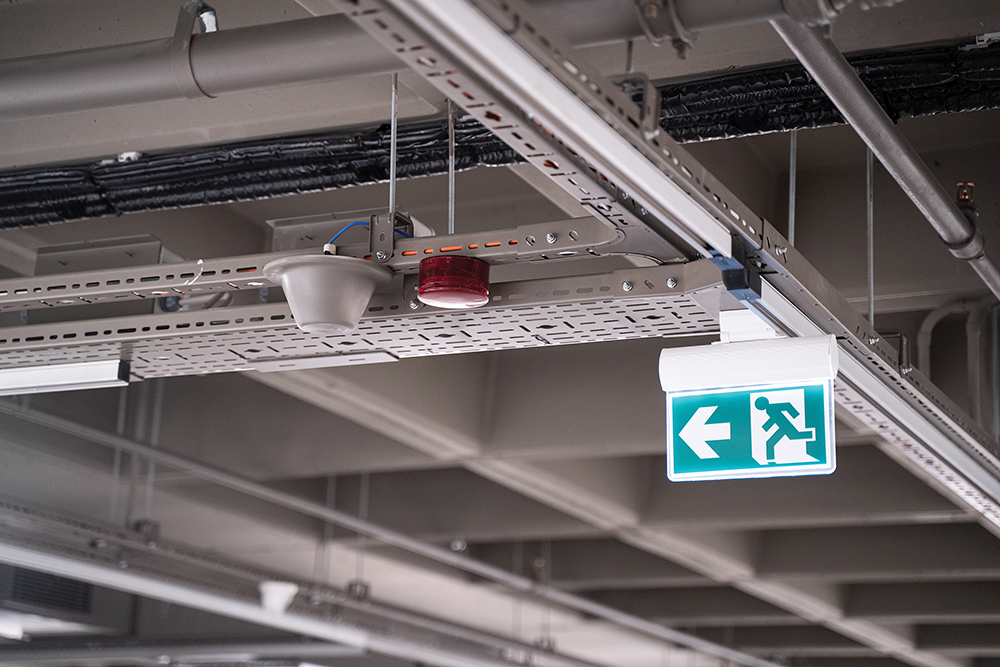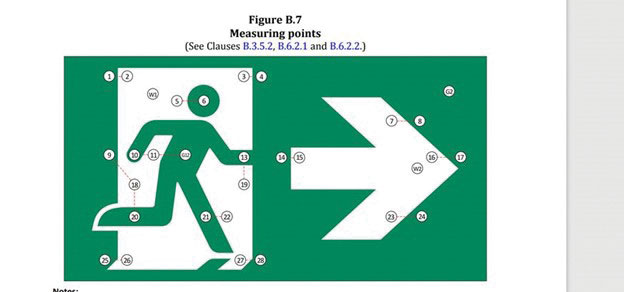As we already know, the Canadian Electrical Code requires a minimum distance of 3 m between ground rods forming an electrical system grounding electrode. Why? This article discusses the reasons for this code requirement.
As everyone knows, Rule 10-700(2) specifies that a rod grounding electrode (with a few exceptions) must consist of at least two ground rods driven a minimum of 3 m apart. And for high voltage substations, Rule 36-302(1) also requires that every station must be grounded with at least four ground rods, not less than 3 m long, spaced a minimum distance of one rod length apart. Why does spacing between ground rods matter? What would be the problem if ground rods were to be more closely spaced?
Our story begins with the grounding resistance of every grounding electrode, which has three components:
- the resistance of the metal ground rods, grounding conductors and connections;
- contact resistance between the grounding electrode and the earth; and
- the resistance of the earth.
As it turns out, the first two are relatively small and can usually be considered insignificant when considering total grounding resistance. Grounding resistance can be considered as mainly the resistance of the earth.
To help us grasp the idea of grounding resistance, let’s assume that the earth around a single ground rod is made up of a series of concentric, equally spaced shells. The nearest shells have the highest resistances to current flow since they have the smallest cross-sectional areas and volumes. The shells further from the ground rod are larger and therefore have lower resistances. Therefore, when ground current flows away from the ground rod, through the earth, Ohm’s Law tells us that the shells nearest the rod will have higher voltage rise than those further from the rod.
Tests have shown that the earth within the first few cm of a ground rod will have the highest resistance and the highest voltage rise during a ground fault. Since the resistance of the earth near each ground rod will be very high, adding a second ground rod will not reduce the overall grounding resistance by very much unless the rod is located some distance from the first. Driving the rods close together will result in a high mutual resistance and the current flowing from each will raise the ground potential of the other.
For the above reasons, rods must be spaced far enough apart so as to avoid the effects of the higher resistance shells, so that the voltage rise around each does not affect the other. We don’t need to look very far for further proof. Measurement of grounding resistances at various distances from a grounding electrode have shown that approximately the following percentages of the total grounding resistance will occur at the following distances from the rod:
- 25% of total at .03 m
- 52% of total at .15 m
- 94% of total at 3.0 m
- 100% of total at 7.6 m
This tells us that ground rods would need to be spaced 7.6 m apart to achieve the best grounding effect. Obviously, the 3 m rule provided by the Canadian Electrical Code is a compromise, good but not perfect.
Other available data also supports these findings. Question – if we know the grounding resistance of a single ground rod (say 25 ohms), and we want to reduce the resistance by adding a second rod spaced in accordance with the CEC, will this reduce grounding resistance to 50%? Actually, no. It will only reduce the total grounding resistance to 25/2 x 1.16 = 14.5 ohms. The result of adding two rods will be 25/3 x 1.29 = 10.75 ohms. Multiplying factors for multiple rod arrangements are available.
As with previous articles, you should always consult the electrical inspection authority in each province or territory for a more precise interpretation of any of the above.










Find Us on Socials